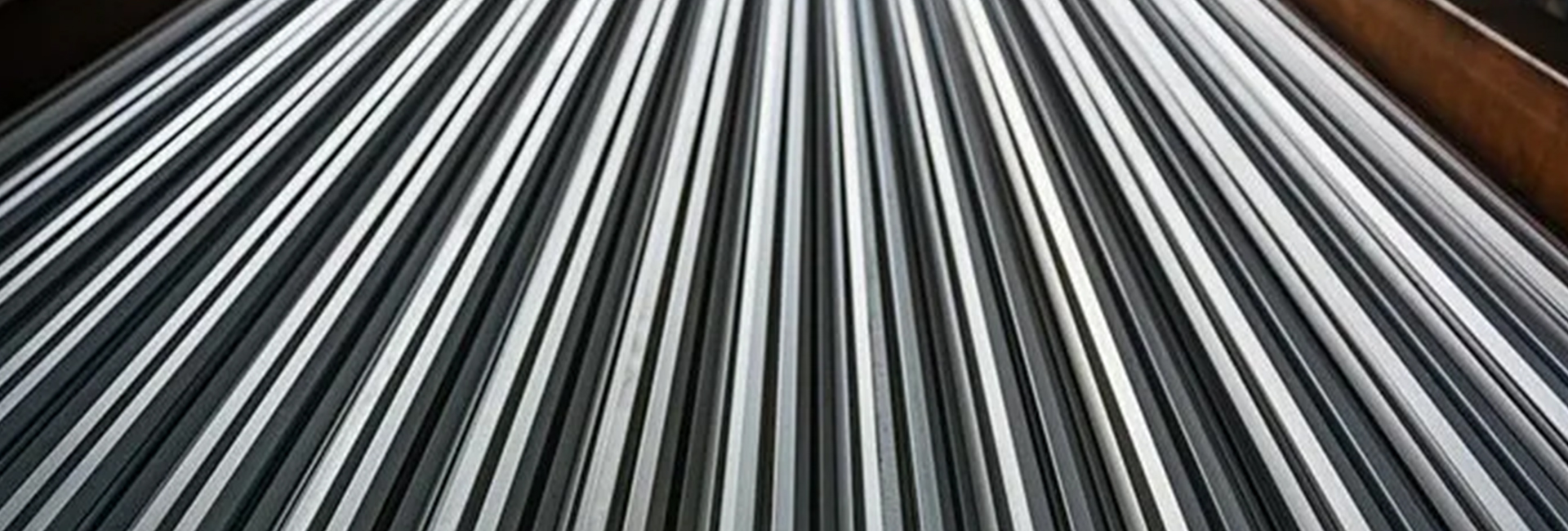TMT bars are high-strength reinforcement bars that contain a soft inner core and a robust outer core. These bars are widely applied in various concrete reinforcement structures, including general-purpose concrete and industrial systems. TMT Bars are Thermo – mechanically treated using a world-leading technique based on temp core to provide high yield strength.
Table of Content |
What property do the TMT bars have?
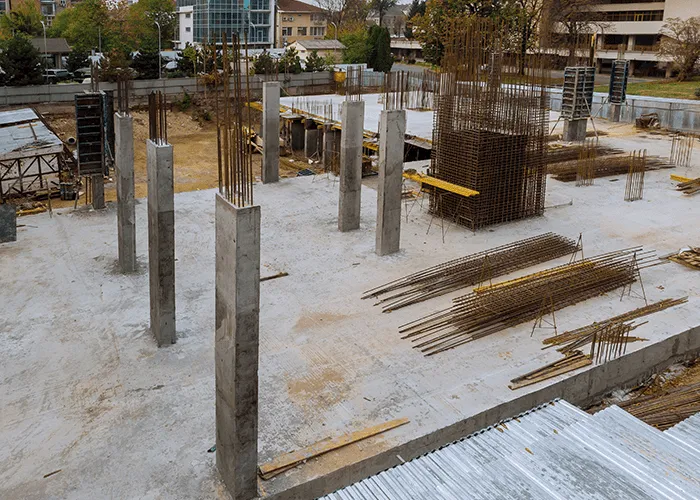
- The exceptional strength of the bars makes them an appropriate material to employ with concrete to strengthen flexible structures. The TMT bars’ distinctive ribbed pattern gives them greater power by tying them more closely to concrete.
- The TMT production process endows the bars with anti-rust qualities. The leading causes of corrosion in steel, coarse carbides, are prevented from accumulating during the water-cooling phase, making TMT steel buildings more durable.
- TMT bars can survive temperatures between 400 and 600 degrees Celsius, guaranteeing the structure’s structural integrity even in a fire.
- TMT bars’ soft cores have a high degree of flexibility. As a result, the structures created with them have more wiggle room to handle seismic and dynamic loading.
- Cost-effective since less steel is required for the same amount of construction. Thus lowering the price of raw materials while saving money on storage and shipping.
What do you mean by the TMT steel grades and Fe500 steel density?
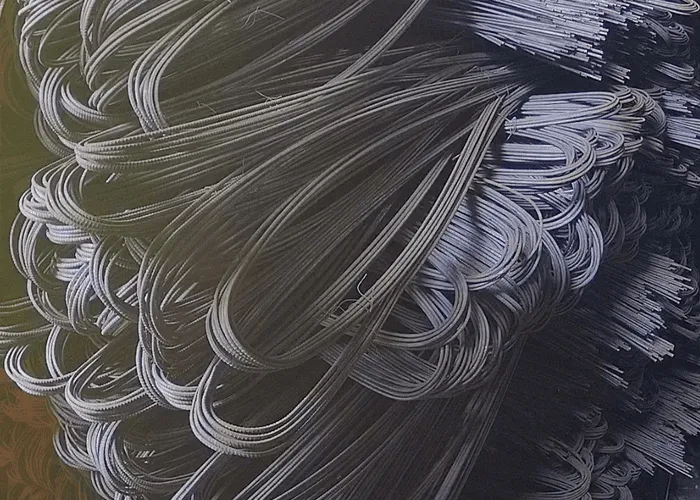
In India, there are four primary grades of TMT steel: Fe 415, Fe 500, Fe 550D, and Fe 600. The number tells you how good the steel product will be when it is finished. With 1500 types of high-quality steel available worldwide, there has been a lot of growth in meeting different needs.
Steel can be used to build and fix up things in a world that is on the cutting edge. Steel grading is one of the main ways to determine how much iron is needed for different things.
National and International Standard organisations developed different TMT bar grading systems to help people choose the correct steel for their purposes.
In any TMT grade, the distance between the external and internal centres should be just right so that neither flexibility nor elasticity is lost. If one is more important than the other, TMT will not have enough properties. For example, if the outer core is made bigger while the inner core stays the same size, TMT rebars will be more robust but harder to bend.
Higher rigidity in TMT Steel rebars is good, but it shouldn’t hurt the malleable ferrite pearlite in the middle. The higher the grade of a TMT bar, the less it can be bent. Fe 500 and Fe 550 are flexible bars used to build a wide range of structures, such as scaffolding and underground facilities.
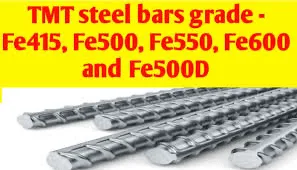
Grade Fe 415
The traditional cold twisted, and deformed bars, or CTD bars, were replaced by TMT bars because they were more modern. Since this level of TMT bar is more flexible, of higher quality, and longer, it is often used in contemporary RCC buildings.
Grade Fe 500
A Fe500 TMT bar is known for the many ways it can be used, like bridges, underground structures, and buildings with more than one story. However, Fe500 TMT bars are used mainly in areas near beaches because they resist corrosion.
Grade Fe 500D
The Fe 500D TMT bars are made in a controlled environment to make them more flexible. It makes them easy to shape and mould. The Fe 500D bar’s simple twist on the pressure is made possible by the variation’s flexibility, which keeps the bar’s quality.
Grade Fe 600
Grade Fe 600 is more durable and has more yield and rigidity. It is used for large RCC construction projects and has high tensile strength.
Why do FE 500 and FE 500D TMT bars get the most attention?
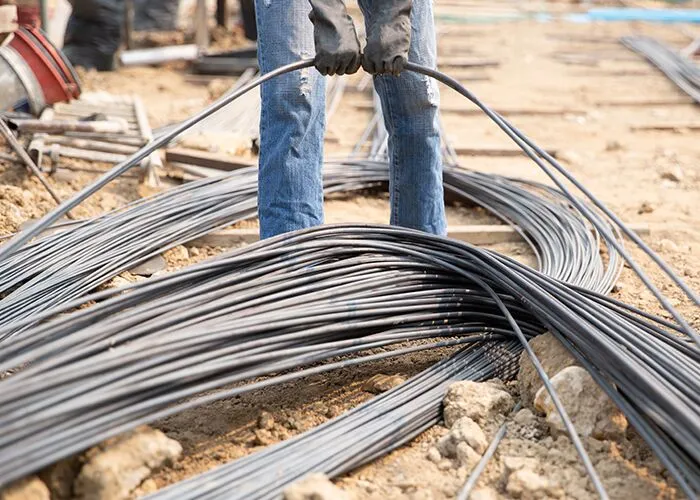
If you are building something with TMT bars, their grade is one of the most important considerations when choosing the right one. Fe-415, Fe-415D, Fe-500, Fe-500D, Fe-550, and Fe-600 are all different grades of TMT bars. In these names, “Fe” stands for iron, and the number stands for steel’s yield strength. “D” stands for “ability to bend.”
So, different kinds of TMT bars have different chemical makeups, which affects their tensile strength, yield strength, thermal conductivity, flexibility, and durability. The most popular grades for TMT bars used in civil construction are Fe-500 and Fe-500D.
Fe-500 and Fe-500D TMT bars are used in civil construction because their chemical makeup and mechanical properties make them suitable for building solid and reliable structures.
The best choice for everyone is always to choose and pick what works for different constructions. Fe 500 is made with the same TMT process used to make Fe 415.
Fe 500 TMT bar is better and more robust than Fe 415 in terms of quality. As a result, Fe 500 has a high quality when it comes to building construction.
Fe 500 TMT bars are utilised in producing RCC building structures, bridges, and other structures due to their excellent corrosion resistance, pliability, and resistance to dynamic loads. The increase from Fe 415 to Fe 500 signifies an improvement in quality and a 16% decrease in steel use.
Fe 415 and more superior grades, such as Fe 500, can be utilised in earthquake zones.
What does Fe500D mean?
The optimal elongation of the TMT Bar is determined by its chemical structure. Fe 500 and Fe 500D contain the lowest levels of Sulphur and Phosphorus, making them suitable for all construction applications.
Higher Sulphur content makes the steel more explosive, while excessive Phosphorus usage causes steel fatigue. No other Grade of TMT Bar has a higher elongation percentage than FE 500D.
Is there any difference between Fe500 and Fe500D?
In TMT Bar, “Fe” stands for iron and “D” stands for “elongation.” “500” in Fe 500 & FE 500D TMT Bar stands for the minimum yield stress in megapascals. Below is a table showing the 500D vs 550D steel comparison.
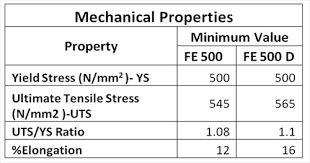
What is Fe 550 steel specification?
A Fe-550 TMT bar can be bent and shaped into any shape for a construction project because it is very flexible and can be welded. It is made possible by its soft ferrite-pearlite core, which gives it high ductility, great strength, and a higher level of safety by letting it bend and re-bend as needed.
Fe 550 steel specifications suggest that it is resistant to corrosion so that it can stay in the water, in direct sunlight, and in moisture for a long time. In this way, it protects and lengthens the life of a building. It can also stand up to pressure and wear, which makes it perfect for installations in areas where earthquakes are common.
Sree Metaliks: The best TMT producer in India
In today’s market, Fe 500 TMT Bars are utilised most of the time for various civil and retail building applications. Cement and TMT Rebar are the two components considered the most vital in RCC construction projects.
The durability of buildings and safety is determined by the cement and rebar used in the construction. Therefore, TMT Rebars should only be accepted by designers and engineers after they have been subjected to appropriate testing and verification. The best way to get a suitable Fe 500 or Fe 500 D is to trust a reputable brand like Sree Metaliks.
We promise quality to our consumers. Our high-grade, high-quality TMT bars are cost-effective so that more structures can be built on pillars of safety. This access, coupled with providing durable Fe 500 TMT bars, makes us one of the best TMT bar manufacturers in India.

